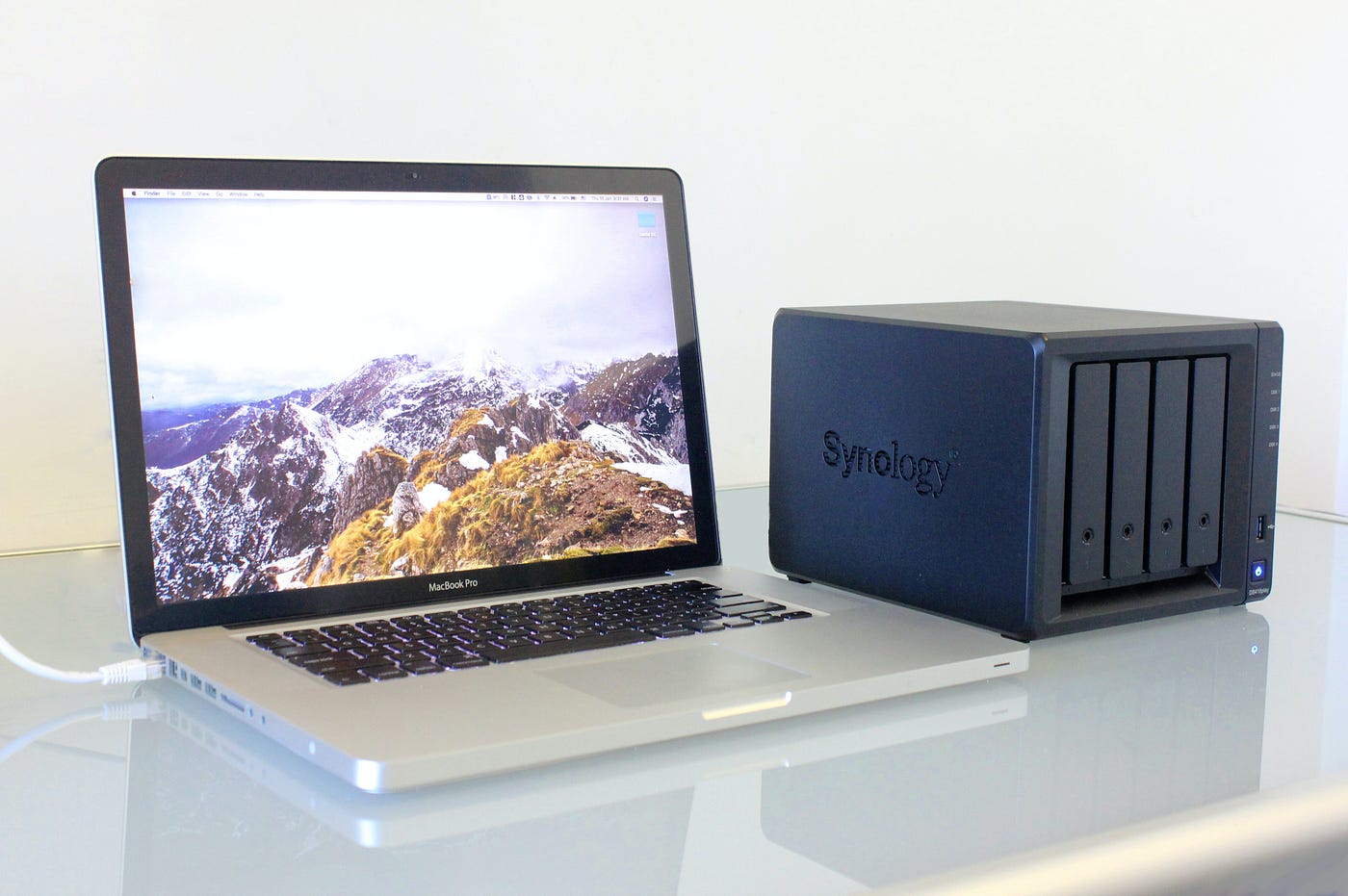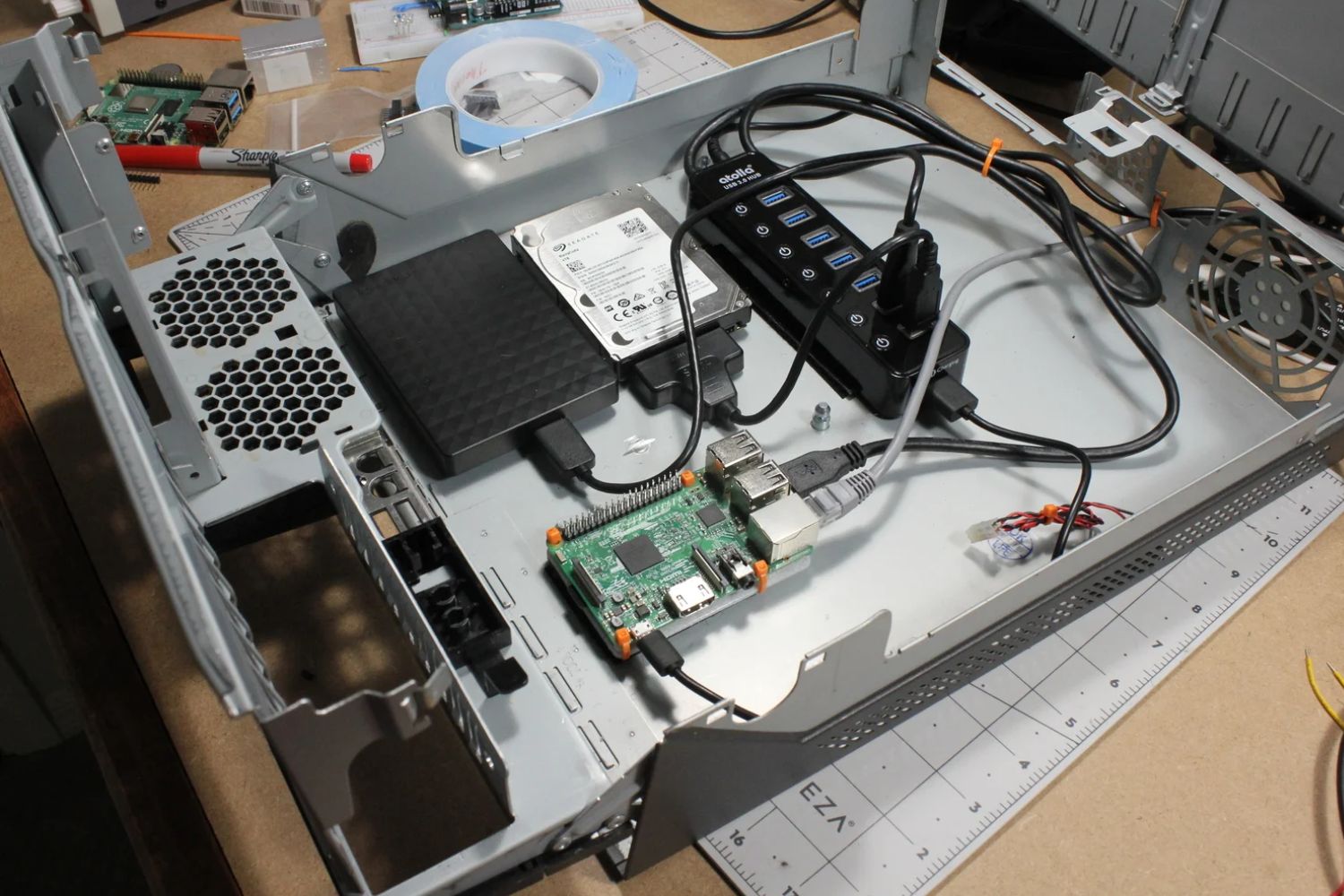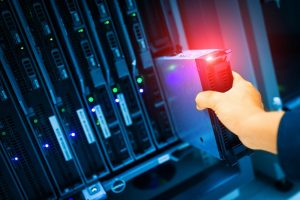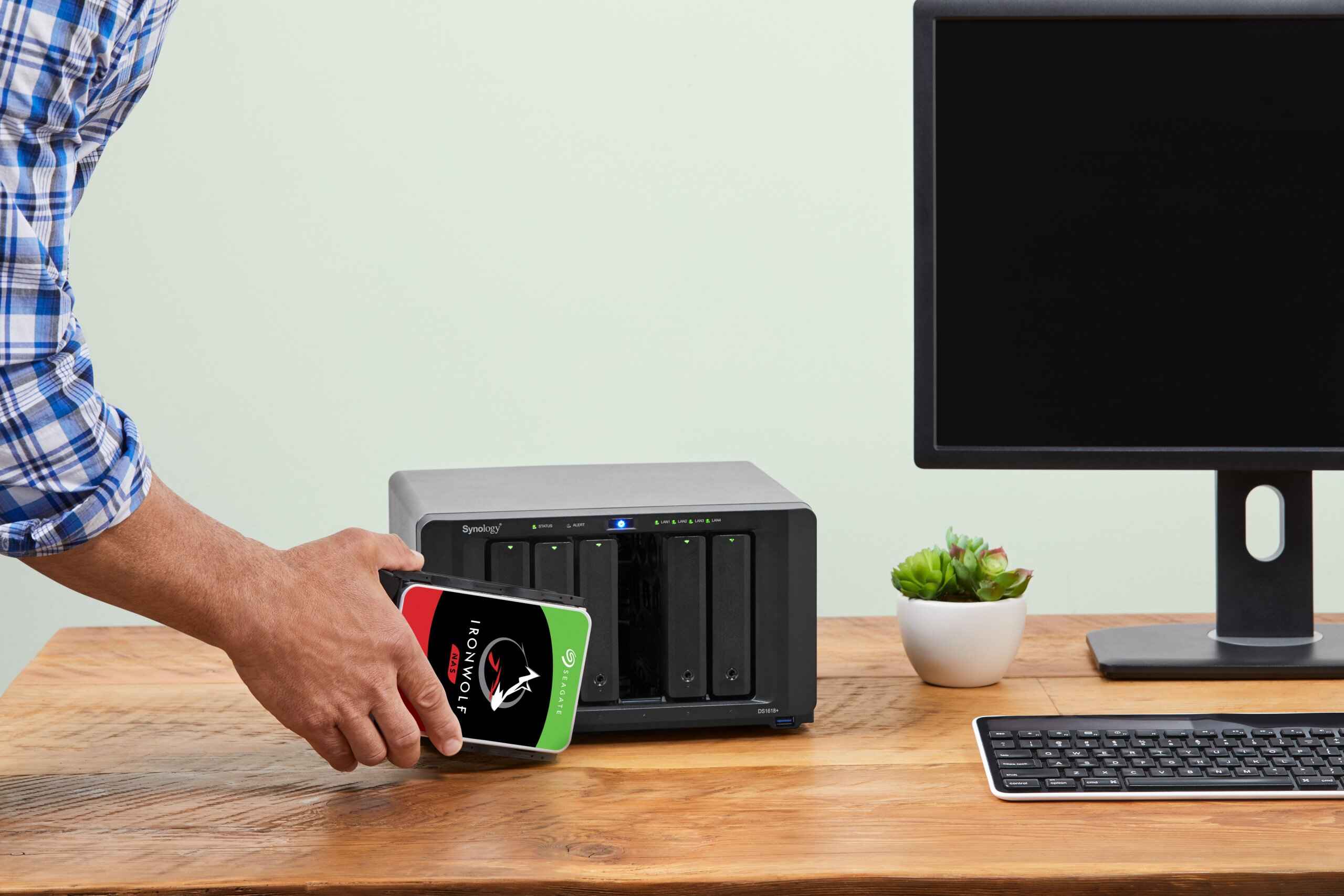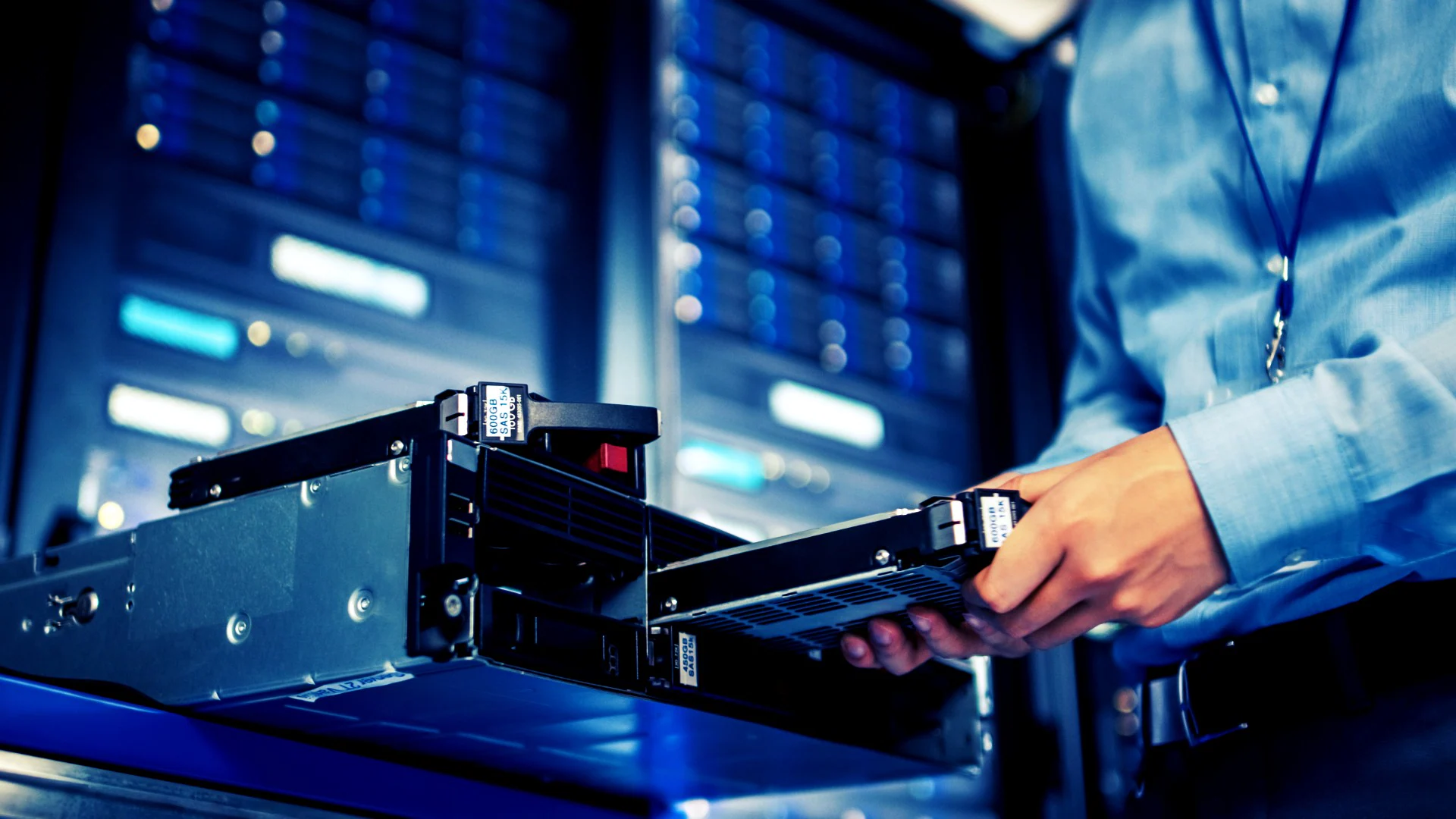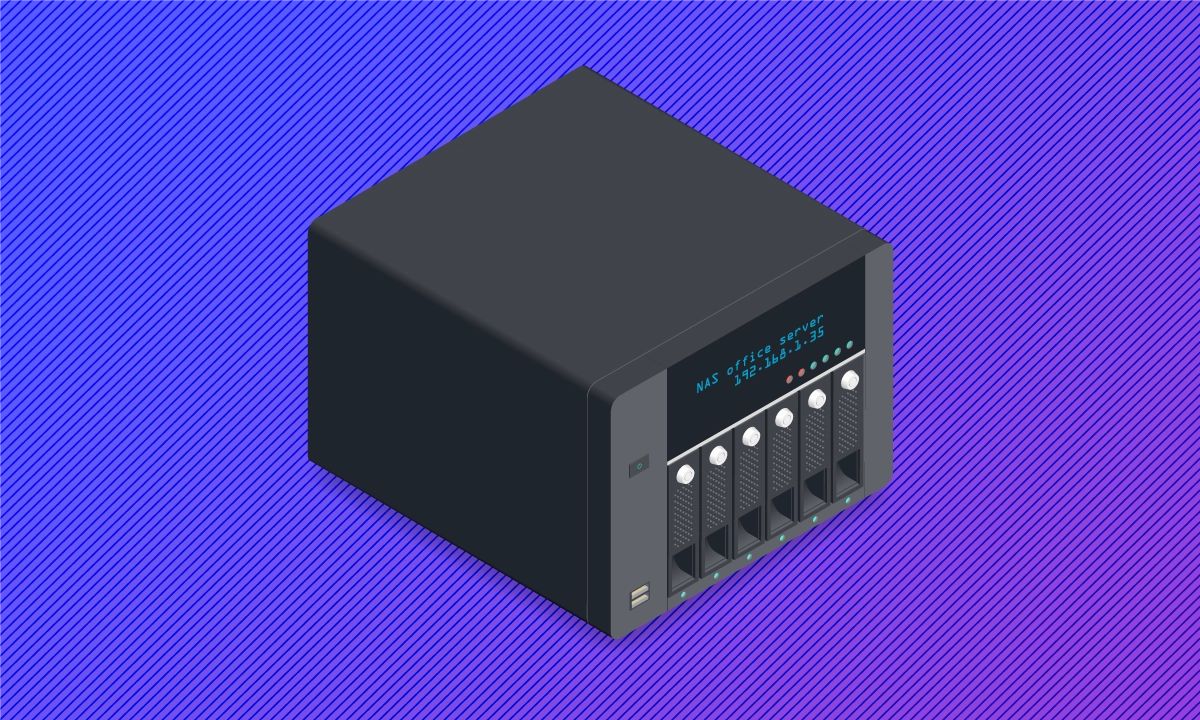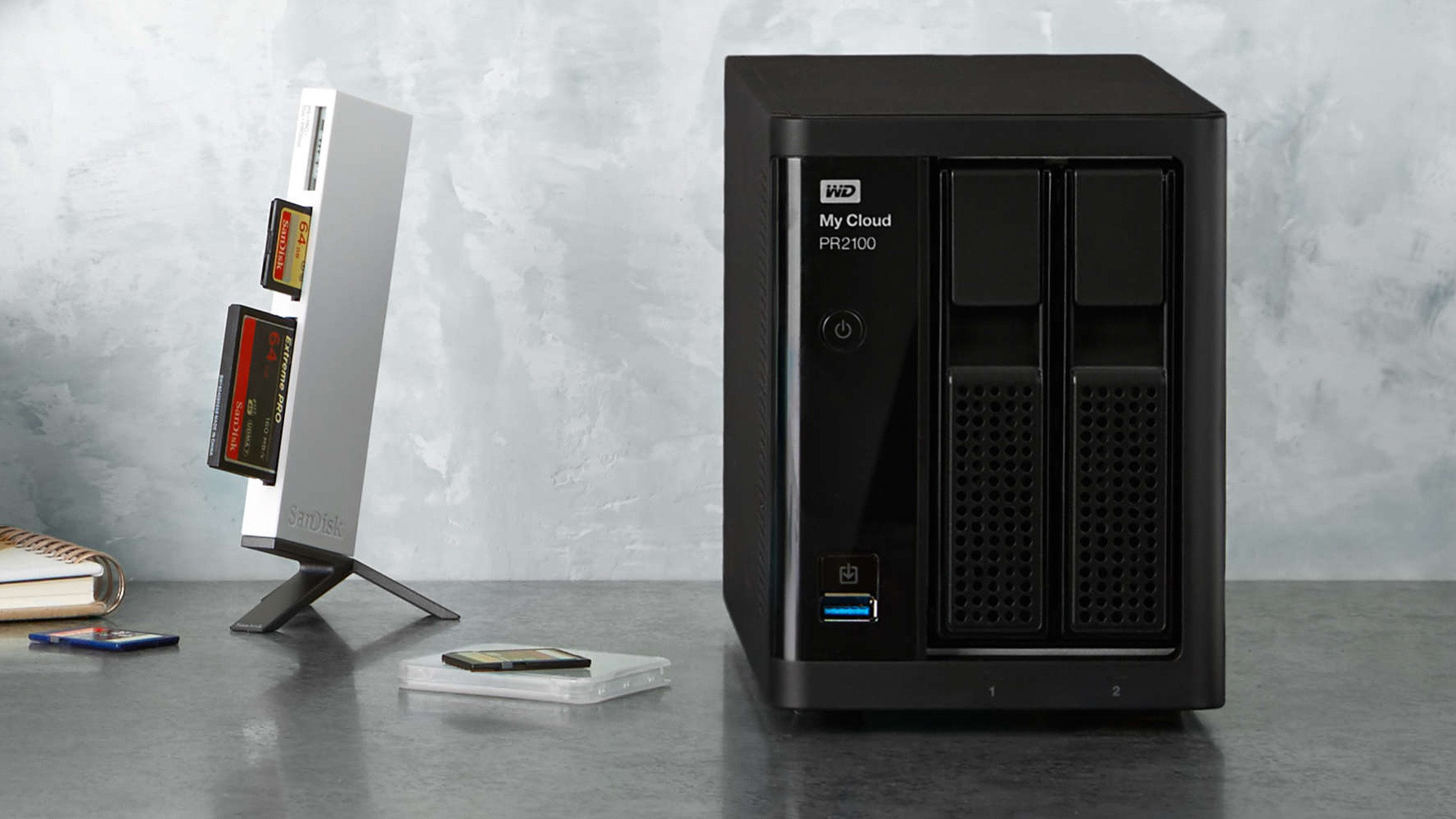Introduction
Understanding the Basics of Network Attached Storage (NAS)
Welcome to the digital age, where our lives are increasingly intertwined with technology. From streaming movies to storing precious memories in the form of photos and videos, our reliance on digital data continues to grow. As a result, the need for efficient and secure storage solutions has become paramount. This is where Network Attached Storage (NAS) comes into play.
Network Attached Storage, commonly referred to as NAS, is a dedicated file storage device that provides local-area network (LAN) nodes with file-based data storage services. Essentially, NAS allows multiple users and devices to access, store, and retrieve data from a centralized location, creating a shared pool of storage that is both accessible and secure. Whether you’re a home user looking to centralize your media collection or a business in need of a reliable data storage solution, NAS offers a versatile and scalable option to meet your needs.
In this guide, we will delve into the world of NAS, exploring its benefits, the process of selecting the right NAS device, setting it up, connecting it to your network, accessing it from various devices, and ensuring its security. By the end of this journey, you will have a comprehensive understanding of how NAS can revolutionize the way you store and access your digital content.
Understanding Network Attached Storage (NAS)
Network Attached Storage (NAS) is a specialized file storage device that is designed to provide data storage and retrieval services to multiple users and clients within a network. Unlike traditional storage solutions such as external hard drives or USB flash drives, NAS operates as a standalone server, allowing for centralized data access and management. This means that users can store, retrieve, and share files from a single location, streamlining the process of data management.
NAS devices are equipped with their own operating system and file management capabilities, making them independent of any specific server or computer. This independence enables NAS to function as a dedicated storage solution, offering features such as automatic backups, remote access, and data protection through RAID configurations. With the ability to support multiple hard drives and accommodate various RAID levels, NAS devices provide flexibility and scalability to meet the evolving storage needs of both home and business users.
One of the key advantages of NAS is its accessibility. By connecting to a network, NAS becomes available to all authorized users within that network, allowing them to access files and data from any connected device. This seamless accessibility makes NAS an ideal solution for collaborative work environments, media streaming, and data sharing among multiple users.
Furthermore, NAS devices often come equipped with additional features such as media servers, cloud synchronization, and remote access capabilities, transforming them into multifunctional tools that cater to diverse user requirements. Whether used for personal file storage, media streaming, or as a central data repository for a business, NAS devices offer a versatile and efficient storage solution.
In essence, Network Attached Storage serves as a centralized, secure, and accessible storage solution that simplifies data management and enhances collaboration within a networked environment. Its ability to provide reliable data storage, seamless accessibility, and advanced features makes NAS an invaluable asset for individuals and businesses seeking an efficient and scalable storage solution.
Exploring the Benefits of Network Attached Storage (NAS)
Network Attached Storage (NAS) offers a myriad of advantages that cater to the diverse storage needs of individuals and businesses. Understanding the benefits of utilizing NAS can help users make informed decisions when it comes to data management and storage solutions.
- Centralized Storage: NAS provides a centralized storage location for all digital content, allowing users to access and manage files from a single, dedicated device. This centralized approach simplifies data management and ensures that files are readily available to authorized users within the network.
- Accessibility: With NAS, files can be accessed from multiple devices and locations within the network. This accessibility facilitates seamless data sharing, collaboration, and remote access, enabling users to retrieve and share files from anywhere with an internet connection.
- Data Protection: NAS devices often incorporate data protection features such as RAID configurations, automatic backups, and redundant storage options. These capabilities safeguard data against hardware failures, data corruption, and accidental deletions, ensuring the integrity and availability of critical information.
- Scalability: NAS solutions are designed to accommodate the evolving storage needs of users. By supporting multiple hard drives and offering various RAID configurations, NAS devices can scale to meet increasing storage requirements without compromising performance or accessibility.
- Media Streaming: Many NAS devices include built-in media servers that enable seamless streaming of audio and video content to compatible devices. This feature transforms NAS into a versatile multimedia hub, allowing users to enjoy their digital media collections across different platforms.
- Backup and Recovery: NAS facilitates automated backups and recovery processes, reducing the risk of data loss and providing peace of mind to users. By implementing scheduled backups and recovery protocols, NAS ensures that critical data is consistently protected and recoverable in the event of unforeseen incidents.
By harnessing the benefits of NAS, users can streamline data management, enhance collaboration, and fortify their data storage infrastructure. Whether utilized for personal or business purposes, NAS serves as a reliable and versatile solution that empowers users to efficiently store, protect, and access their digital content.
Choosing the Right Network Attached Storage (NAS) Device
When selecting a Network Attached Storage (NAS) device, it is essential to consider various factors to ensure that the chosen solution aligns with your specific storage requirements and performance expectations. The following considerations can guide you in choosing the right NAS device:
- Storage Capacity: Assess your current and future storage needs to determine the required capacity of the NAS device. Consider factors such as the volume of data to be stored, anticipated growth, and the types of files to be managed.
- Number of Drive Bays: Evaluate the number of drive bays supported by the NAS device, as this determines the potential storage capacity and the ability to implement RAID configurations for data protection and performance optimization.
- Processor and Memory: Examine the processing power and memory specifications of the NAS device, especially if it will be utilized for resource-intensive tasks such as media streaming, virtualization, or serving multiple users simultaneously.
- Network Connectivity: Consider the network interfaces and speed capabilities of the NAS device to ensure seamless data transfer and accessibility within your network environment. Gigabit Ethernet and support for link aggregation can enhance network performance.
- Data Protection Features: Look for NAS devices that offer robust data protection features such as RAID support, snapshot capabilities, and backup solutions to safeguard critical data and ensure high availability.
- Scalability Options: Assess the scalability options provided by the NAS device, including the ability to expand storage capacity, add additional drives, and integrate with cloud storage services for extended scalability.
- Software and Applications: Evaluate the available software ecosystem and applications compatible with the NAS device, including file management tools, media servers, remote access solutions, and third-party integrations to meet your specific use cases.
- Reliability and Support: Research the reputation of the NAS manufacturer, the reliability of the hardware, and the availability of technical support and firmware updates to ensure a dependable and well-supported storage solution.
By carefully considering these factors and conducting thorough research on available NAS devices, you can make an informed decision that aligns with your storage needs, performance expectations, and budget constraints. Choosing the right NAS device sets the foundation for a robust and efficient storage infrastructure that can adapt to your evolving data management requirements.
Setting Up Your Network Attached Storage (NAS)
Once you have selected the appropriate Network Attached Storage (NAS) device that aligns with your storage requirements, it’s time to embark on the setup process. Setting up your NAS involves several key steps to ensure that the device is configured, connected, and ready to serve as a reliable storage solution within your network environment.
- Unboxing and Hardware Setup: Begin by unboxing the NAS device and carefully inspecting its contents. Follow the manufacturer’s instructions to install any included hard drives, solid-state drives, or storage media into the designated drive bays. Ensure that the NAS device is placed in a well-ventilated and secure location within your network environment.
- Power and Network Connectivity: Connect the NAS device to a power source using the provided power adapter or cable. Then, establish a network connection by connecting the NAS to your router or network switch using an Ethernet cable. Verify that the network connection is secure and that the NAS is powered on.
- Initial Configuration: Access the NAS device’s management interface, often through a web browser, by entering the designated IP address or hostname provided in the manufacturer’s documentation. Follow the initial setup wizard to configure essential settings such as language preferences, time zone, administrative credentials, and network parameters.
- Storage Configuration: Initialize the installed drives and configure the storage settings based on your preferences. This may involve creating storage volumes, implementing RAID configurations for data protection, and optimizing storage allocation for different types of data and usage scenarios.
- Network Integration: Ensure that the NAS device is integrated seamlessly within your network environment. This may involve assigning a static IP address, joining the NAS to an existing domain or workgroup, and configuring network services such as DHCP, DNS, and file sharing protocols.
- Security Settings: Establish robust security measures for the NAS device, including configuring user accounts, access permissions, and encryption settings to safeguard sensitive data and restrict unauthorized access to the storage resources.
- Testing and Validation: After completing the initial setup, perform thorough testing to validate the functionality of the NAS device. This includes verifying data access, network connectivity, backup and recovery processes, and any additional features or applications integrated with the NAS.
By meticulously following these steps and adhering to the manufacturer’s guidelines, you can ensure that your NAS device is set up effectively and ready to fulfill your storage needs. A well-executed setup process lays the groundwork for a reliable and efficient storage solution that enhances data accessibility and management within your network environment.
Connecting Your Network Attached Storage (NAS) to the Network
Establishing a seamless and reliable network connection for your Network Attached Storage (NAS) device is essential to ensure efficient data access and management within your network environment. The process of connecting your NAS to the network involves several key considerations and steps to optimize network performance and accessibility.
- Physical Connectivity: Begin by physically connecting your NAS device to your network infrastructure. Use an Ethernet cable to establish a direct connection between the NAS and your network router, switch, or network-attached storage switch to ensure a stable and high-speed network link.
- Network Configuration: Access the network settings within the NAS management interface to configure the network parameters. This may include specifying the network interface, assigning an IP address, configuring DNS settings, and ensuring compatibility with your network’s subnet and gateway configurations.
- Link Aggregation: If your NAS device and network infrastructure support link aggregation, consider configuring this feature to enhance network bandwidth and fault tolerance. Link aggregation combines multiple network interfaces to provide increased data transfer speeds and redundancy, optimizing network performance for the NAS.
- Quality of Service (QoS): Implement Quality of Service settings within your network environment to prioritize NAS-related network traffic. By assigning higher priority to NAS data packets, you can ensure that data access and file transfers from the NAS receive optimal network resources and bandwidth, particularly in environments with competing network traffic.
- Network Services: Enable and configure essential network services within the NAS, such as Dynamic Host Configuration Protocol (DHCP) for automatic IP address assignment, Domain Name System (DNS) for name resolution, and network file sharing protocols such as Server Message Block (SMB) or Network File System (NFS) to facilitate seamless file access across the network.
- Remote Access: If remote access is a requirement, configure secure remote access settings within the NAS to enable access to files and data from external locations. Utilize Virtual Private Network (VPN) solutions or secure remote access protocols to establish encrypted and authenticated connections to the NAS from remote devices.
By meticulously configuring the network connectivity for your NAS device and optimizing network settings, you can ensure that the NAS seamlessly integrates within your network environment, providing reliable data access and management capabilities. A well-connected NAS enhances collaboration, data sharing, and accessibility within your network, empowering users to leverage the full potential of the centralized storage solution.
Accessing Your Network Attached Storage (NAS) from Different Devices
One of the primary advantages of Network Attached Storage (NAS) is its ability to provide seamless data access from various devices within a network. Whether you are using a computer, laptop, smartphone, or tablet, accessing your NAS from different devices involves leveraging the network connectivity and compatible applications to retrieve and manage files stored on the NAS. Here are the key considerations for accessing your NAS from different devices:
- Network Accessibility: Ensure that the devices you intend to use for accessing the NAS are connected to the same network as the NAS device. This may involve connecting to the local Wi-Fi network or establishing a wired connection to the network infrastructure.
- File Browser Integration: Many operating systems and devices offer native file browsing capabilities that enable users to access network shares, including NAS devices, directly from the file explorer or file manager. Ensure that the NAS is visible within the network locations or network devices section of the file browser for seamless access.
- Remote Access Applications: Utilize remote access applications or protocols to access the NAS from external networks or locations. Virtual Private Network (VPN) solutions, remote desktop applications, and secure file transfer protocols can enable secure and authenticated access to the NAS from remote devices over the internet.
- Mobile Applications: Many NAS manufacturers provide dedicated mobile applications designed to facilitate file access, media streaming, and management directly from smartphones and tablets. Install and configure the compatible mobile application on your devices to access the NAS’s files and features while on the go.
- Media Streaming: If your NAS includes a built-in media server or supports media streaming protocols, ensure that compatible media player applications on various devices can access and stream multimedia content from the NAS. This enables users to enjoy their digital media collections across different platforms and devices.
- Cloud Synchronization: Some NAS devices offer cloud synchronization capabilities, allowing users to access and synchronize files stored on the NAS with cloud storage services. This facilitates seamless access to NAS data from devices with cloud storage integration, ensuring data availability across multiple platforms and locations.
By leveraging these considerations and utilizing compatible applications and protocols, users can access their NAS from different devices with ease, enabling seamless data retrieval, sharing, and management across their networked environment. The ability to access the NAS from diverse devices enhances productivity, collaboration, and data accessibility, empowering users to leverage the full potential of their centralized storage solution.
Securing Your Network Attached Storage (NAS)
Ensuring the security of your Network Attached Storage (NAS) is paramount to safeguarding sensitive data and preventing unauthorized access to your storage resources. Implementing robust security measures helps fortify the NAS against potential threats and vulnerabilities, enhancing the integrity and confidentiality of stored information. Here are essential steps to secure your NAS:
- Strong Authentication: Utilize strong and unique passwords for NAS administrative accounts and user access. Implement multi-factor authentication if supported to add an extra layer of security, requiring additional verification beyond passwords.
- Regular Updates: Keep the NAS operating system, firmware, and security patches up to date to address known vulnerabilities and ensure that the NAS is protected against emerging threats and exploits.
- Network Segmentation: Consider segmenting the network to isolate the NAS from other devices and services, creating a dedicated network zone for the NAS to minimize the impact of potential security breaches on other network resources.
- Encryption: Enable data encryption for sensitive files and communications to protect data at rest and in transit. Utilize encryption protocols and technologies to secure data stored on the NAS and data transferred between devices and the NAS.
- Access Control: Implement granular access controls and permissions to restrict user access to specific files and folders. Regularly review and update access control lists to ensure that only authorized users have access to sensitive data stored on the NAS.
- Firewall Configuration: Configure and enable firewall settings on the NAS to control incoming and outgoing network traffic, limiting access to authorized services and preventing unauthorized access attempts.
- Backup and Disaster Recovery: Establish regular backup routines to create redundant copies of critical data stored on the NAS. Implement disaster recovery plans to ensure data availability in the event of hardware failures, data corruption, or security incidents.
- Security Auditing: Enable security auditing and logging features on the NAS to monitor and track access attempts, file modifications, and system events. Regularly review and analyze security logs to identify and respond to potential security incidents.
By implementing these security measures and best practices, users can enhance the resilience of their NAS against security threats and vulnerabilities, fostering a secure storage environment for critical data and sensitive information. Proactive security measures not only protect the NAS and its contents but also contribute to the overall security posture of the network environment.
Conclusion
Network Attached Storage (NAS) serves as a versatile and efficient solution for centralized data storage, access, and management within both home and business environments. By understanding the basics of NAS, exploring its benefits, and learning about the essential steps involved in selecting, setting up, connecting, accessing, and securing a NAS device, users can harness the full potential of this technology to streamline their data storage and retrieval processes.
From providing centralized storage and seamless accessibility to offering robust data protection and scalability options, NAS empowers users to consolidate their digital content and collaborate effectively within their network environment. The ability to access NAS data from different devices, secure sensitive information, and implement disaster recovery measures further enhances the value of NAS as a reliable and resilient storage solution.
As technology continues to evolve, NAS devices evolve as well, offering advanced features, enhanced performance, and greater integration with cloud services and mobile applications. This continual evolution ensures that NAS remains a relevant and indispensable tool for individuals and businesses seeking efficient and secure data storage solutions.
By embracing the principles and practices outlined in this guide, users can leverage NAS to optimize their data management workflows, enhance collaboration, and fortify their data storage infrastructure. Whether used for personal file storage, media streaming, data backup, or as a central repository for business-critical information, NAS stands as a reliable and adaptable solution that caters to diverse storage needs.
In conclusion, the utilization of NAS represents a pivotal step in embracing a centralized, secure, and accessible approach to data storage and management. By harnessing the capabilities of NAS and adhering to best practices, users can embark on a journey towards efficient, resilient, and collaborative data storage solutions that align with the demands of the digital era.







